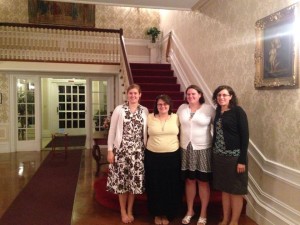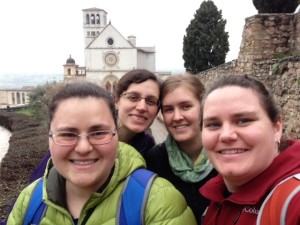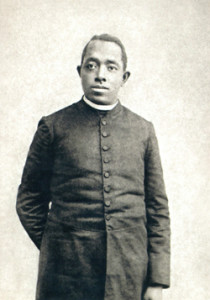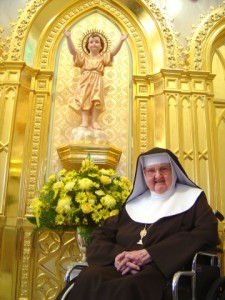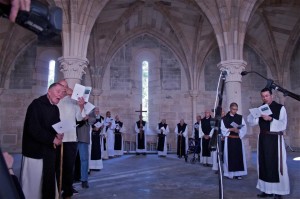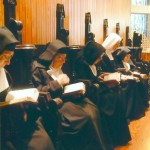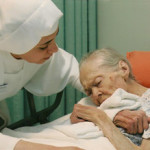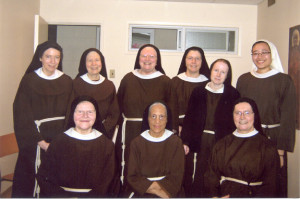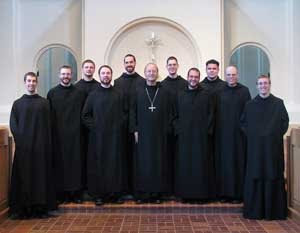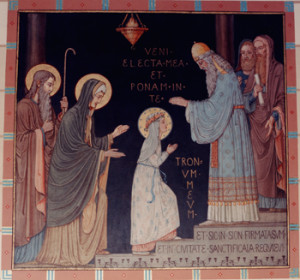 Brother Andre does not look like your typical Benedictine. But religious brothers have always swum against the cultural tide so it should come as no surprise to see such uniqueness in the halls of Mount Angel Abbey in Oregon.
Brother Andre does not look like your typical Benedictine. But religious brothers have always swum against the cultural tide so it should come as no surprise to see such uniqueness in the halls of Mount Angel Abbey in Oregon.
The Statesman Journal tells his fascinating story from hippie biker to monk. Born with the name Bobby Love, he quit school in the 11th grade and joined the military. An artist at heart, like his mother, he got his hands and neck tattooed because in those days it was a “job stopper,’ ie, no one would hire you. He wanted to be an artist not a businessman like his father. He made a living as a tattoo artist and by exhibiting his pictures.
![]() Divorced and remarried three times, he says: “I had no clue what love was. I had no clue how to love or how to let other people love me and that’s why I was miserable.” His addictions to “drugs and booze” masked a spiritual bankruptcy. He decided to learn about his childhood Catholic faith, joined RCIA, wrote 25 pages in preparation for his confession and apologized to those he had hurt.
Divorced and remarried three times, he says: “I had no clue what love was. I had no clue how to love or how to let other people love me and that’s why I was miserable.” His addictions to “drugs and booze” masked a spiritual bankruptcy. He decided to learn about his childhood Catholic faith, joined RCIA, wrote 25 pages in preparation for his confession and apologized to those he had hurt.
Six years ago he came to Mount Angel Abbey on a retreat. Now he has the name of Brother Andre, taken from the humble sainted doorkeeper who worked miracles in Quebec. On September 12, 2014, Br. Gregory, Br. Jesus Maria and Br. Andre Love professed solemn vows, permanently binding themselves to Mount Angel Abbey in their commitments to conversion, stability and obedience.
God draws straight with crooked lines.
For a look at Brother’s icons and religious art, click here!
